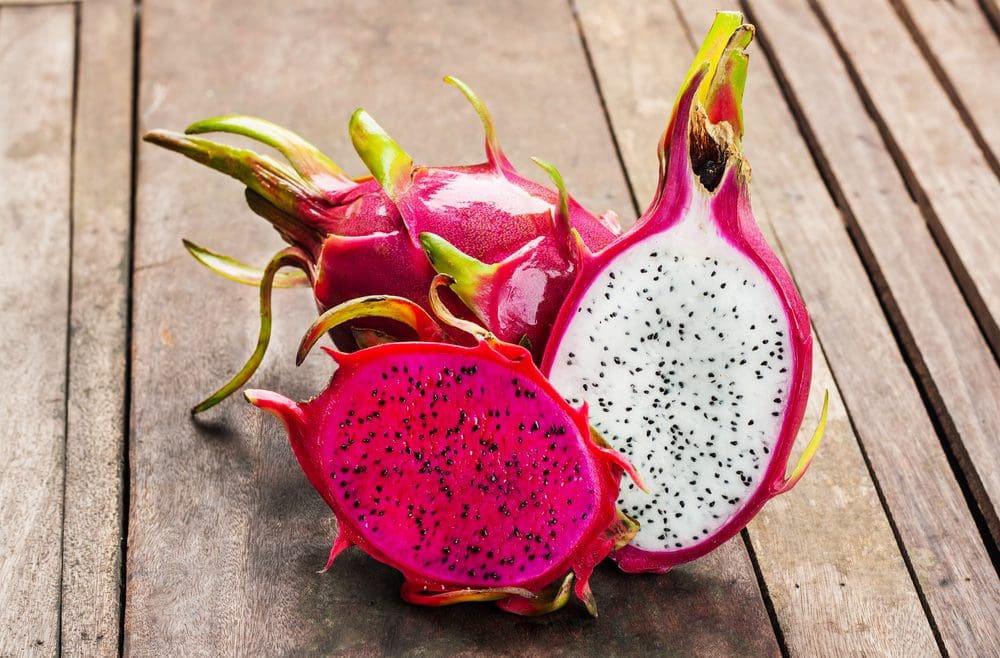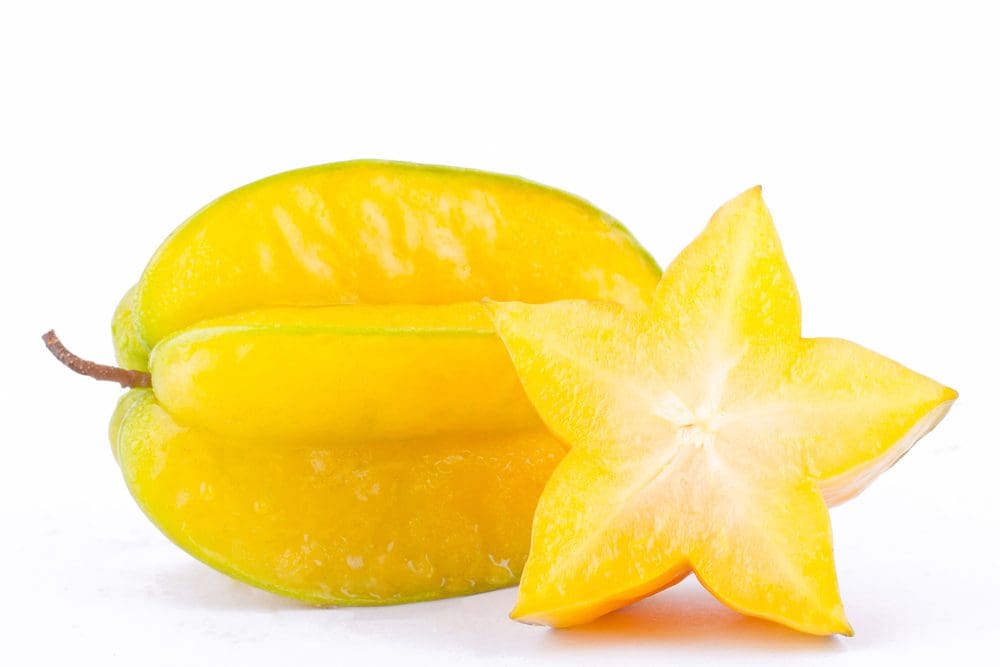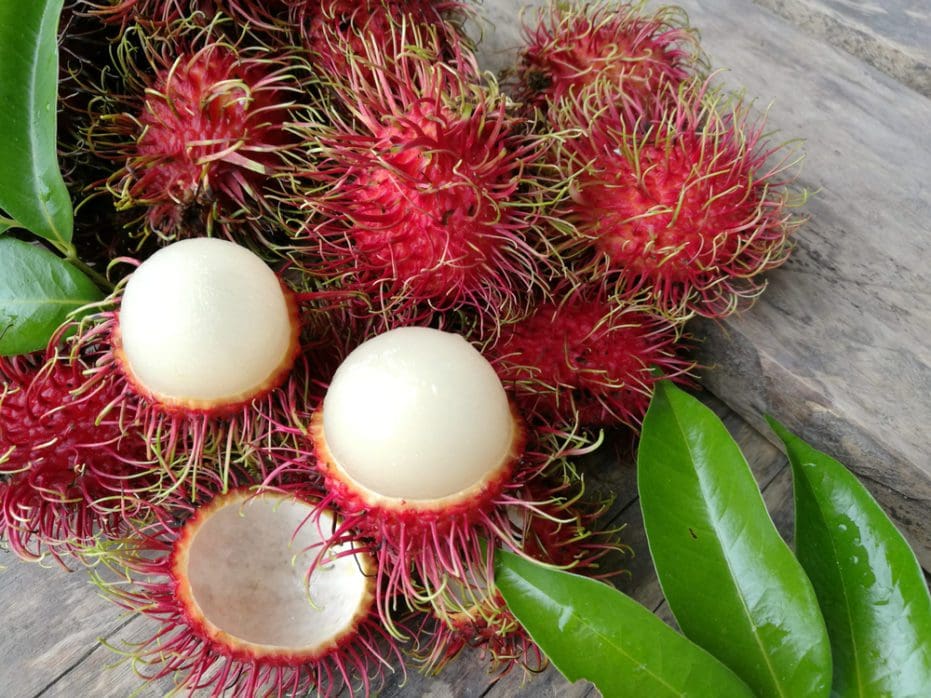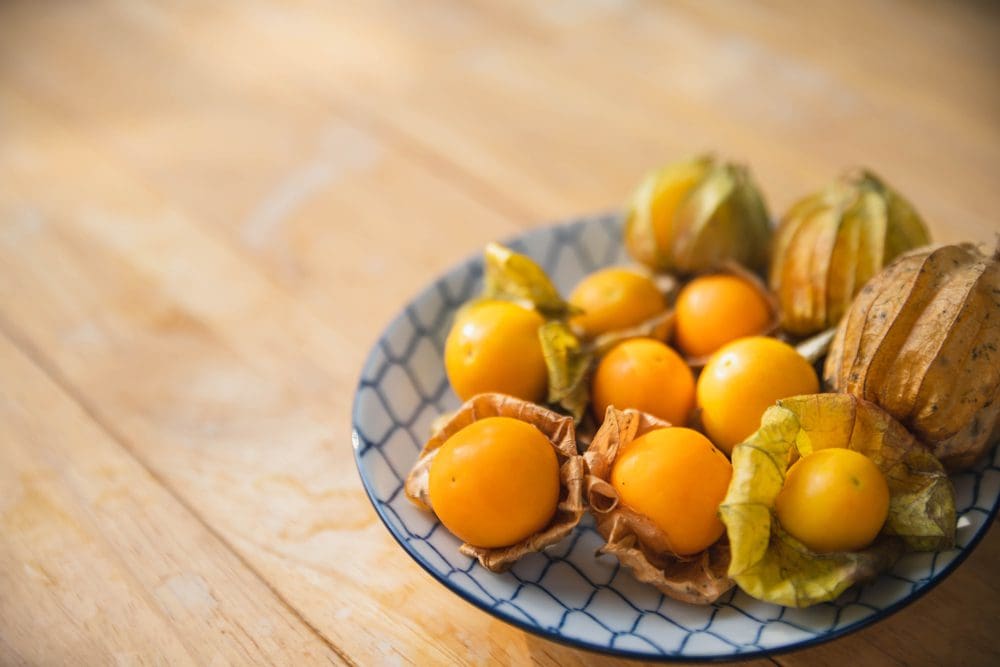Whole Foods is like a foodie Disneyland—a little expensive, but once you get over the price and the crowds, it’s a theme park for food lovers. Though if you consider yourself a foodie, we probably don’t have to tell you this—trying new foods can be a fun way to add some novelty in one of the most regular and sometimes mundane parts of our lives – eating. We eat every day, so it’s easy to fall into a rut where we eat the same things and avoid taking the risk to try something new.
Whole Foods has quite a range of different fruit to offer, and fruit is a great way to experiment with new tastes. If you like it, you won’t have to worry that you’ve just added an unhealthy treat that will become your next food-addiction to your diet. Here are some unusual fruits at Whole Foods that can add some interest to your diet.
Guava—While guava fruit has never been banned, it’s harder to find it fresh because they ripen quickly. But if you try these, you’ll realize why they’re a staple of most Latin American desserts!

Dragonfruit—This unusual fruit is a bit deceiving. With a hot pink and spiked exterior, you’d think its bright white (or pink) and black speckled interior would taste as wild as it looks. We’ll let you be the judge of that after you pick one up at Whole Foods.

Starfruit—This unusual fruit owes that title to its appearance; when sliced, the fruit pieces appear as perfect 5-point stars.

Passionfruit—Another obscure Latin American darling, the unusual fruit’s interior is made up of soft edible seeds and citrusy juice that often gets made into smoothies and cocktails. Try one, and you’ll know why Drake named one of his songs after them.

Soursop—This is another fruit that’s often featured in cocktails. Don’t let its banal and bumpy exterior fool you.

Rambutans—These fruits are something like the Betsy Johnson of fruit; they immediately draw attention away from any other fruit in the room with their brightly colored and fuzzy exterior.

Gooseberries —This fruit is common in Europe but harder to find in the US owing to a ban that once restricted their growth because of a fungal disease outbreak. That was back in the 1960s—now you can find gooseberries in most places, including Whole Foods.
 Whichever unusual fruit you pick up at Whole Foods, you’ll be widening your palate like a true, dedicated foodie should.
Whichever unusual fruit you pick up at Whole Foods, you’ll be widening your palate like a true, dedicated foodie should.






